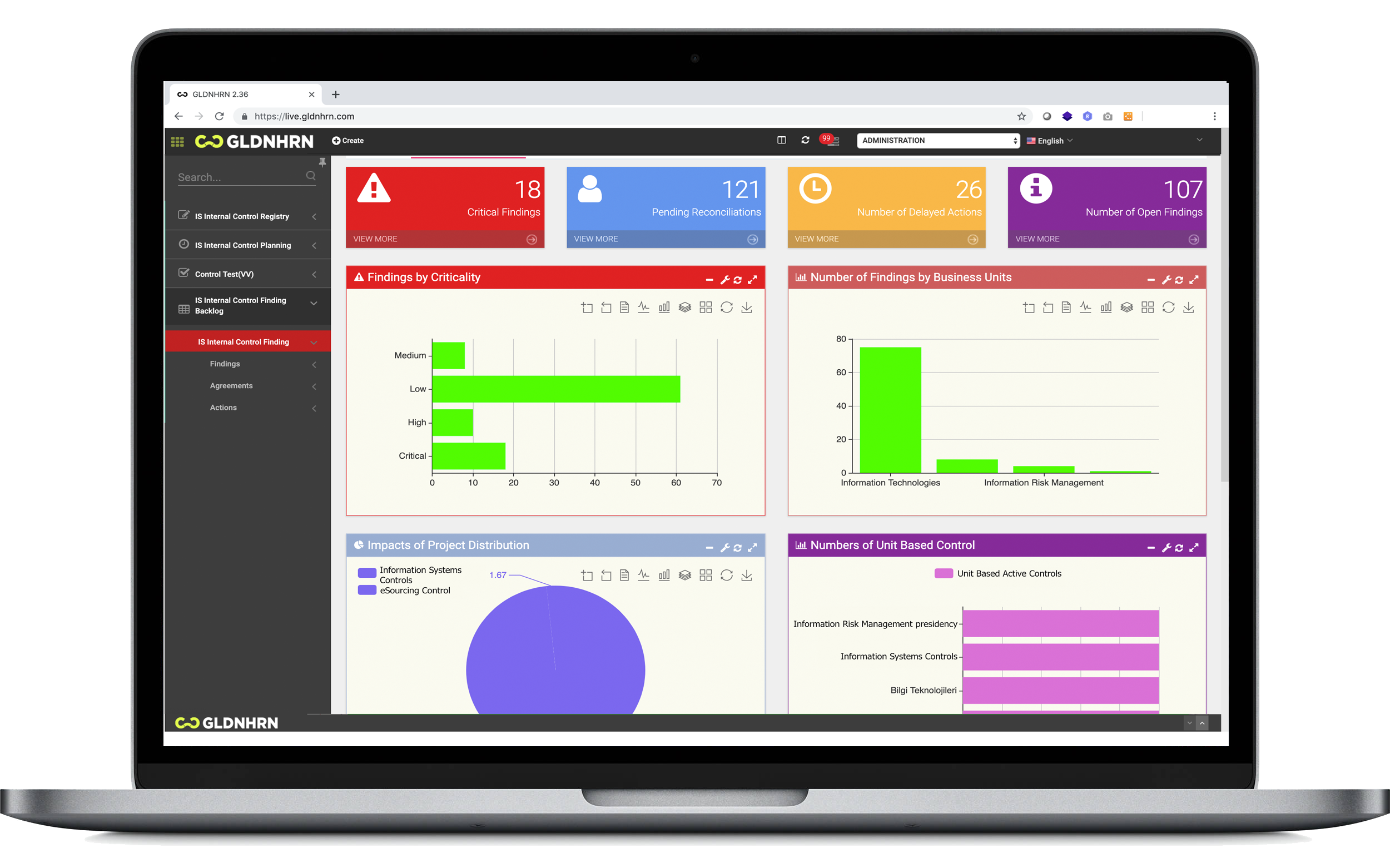GRC Overview
In today’s digitalized world marked by fast-changing trends and frequent market fluctuations, the expectations on executives are higher than ever. Investors expect continual, profitable growth. Shareholders demand stronger transparency requirements in face of growing regulatory pressure and accountability. Successful executives also have high and challenging expectations on themselves and an inherent drive to make understandable, transparent decisions.
By establishing a comprehensive strategy for governance, risk and compliance (GRC), companies can master these challenges effectively and efficiently.
A tight integration of GRC processes is essential for achieving operational excellence and competitive advantages:
.Corporate governance: Corporate governance defines the guidelines for enterprise risk and compliance management. The goal is to achieve uniform, binding methods and guidelines for all employees.
.Risk management: Risk management helps implement these rules in real-world processes. It focuses on an iterative cycle of collecting, documenting and analyzing enterprise risks (entered reporting) and keeping risks under control.
.Compliance: Compliance risks are integrated in compliance management, where various measures are allocated to them, for example, as an internal control system. This method ensures that all internal and external requirements are fulfilled.
This three-part approach allows companies to build an effective, compliant, complete, future-proof solution to manage risks and opportunities across the entire organization. GRC requires a strong collaboration among people, resources, processes and technologies to align and integrate governance, management, performance, risks and compliance. GRC, therefore, is a collection of capabilities to achieve set goals, deal with uncertainty, and act with integrity.


Comments are closed